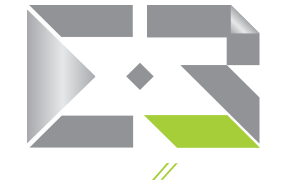With dedicated tools specifically designed for packaging professionals for structural design, product development, virtual prototyping and manufacturing, E3 Packaging Media increases productivity throughout your company. Our graphic designers are ready to help your vision become reality. We can produce everything from quick concept images to realistic renderings of your new product.
At E3 structure design of folding cartons involves creating a three-dimensional layout that determines the shape, size, and functionality of the carton. Here are the key steps involved in designing folding carton structures:
- Define the Requirements: Determine the specific requirements of the carton, such as its purpose, dimensions, weight capacity, and any special features or functions it needs to fulfill.
- Material Selection: Choose the appropriate material for the carton based on factors like product protection, printing requirements, and budget. Common materials for folding cartons include paperboard, and solid bleached sulfate (SBS) board.
- Structural Design: Create the initial structure design by considering the shape, size, and construction of the carton. This can be done manually or using computer-aided design (CAD) software. Various factors to consider include the number of panels, folds, flaps, scores, and closures required.
- Die-line Creation: Develop the die-line, which is the flattened template of the carton that represents the carton’s structure when unfolded. The die-line serves as a guide for cutting and creasing during the manufacturing process.
- Structural Testing: Build prototypes or use digital simulations to test the structural integrity and functionality of the folding carton design. This step helps identify any issues and allows for necessary modifications before production.
- Graphic Design Integration: Incorporate the graphic design elements onto the flat die-line to ensure proper placement and alignment of artwork, logos, text, and other visual elements. Considerations should be made for print finishes, such as coatings or embossing.
- Dieline Optimization: Fine-tune the dieline and structural design to maximize material efficiency, minimize waste, and enhance the carton’s stability and stacking strength.
- Consider Production Processes: At E3 the manufacturing and assembly processes involved in producing the folding carton. Ensure that the design can be efficiently manufactured, folded, glued, and assembled by the packaging manufacturer.
- Regulatory Compliance: Ensure the design meets any applicable industry standards and regulatory requirements.
